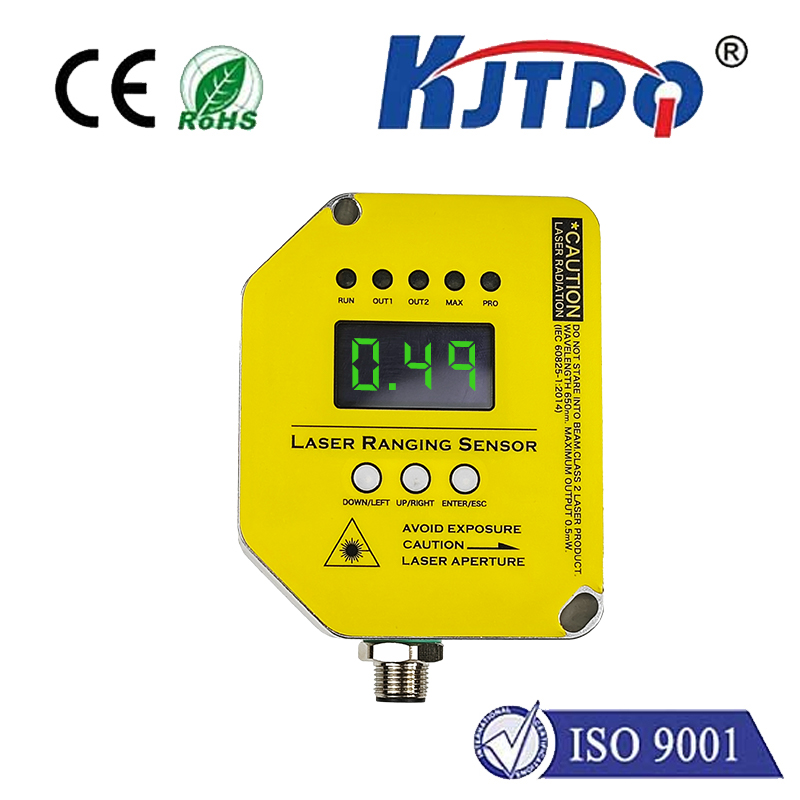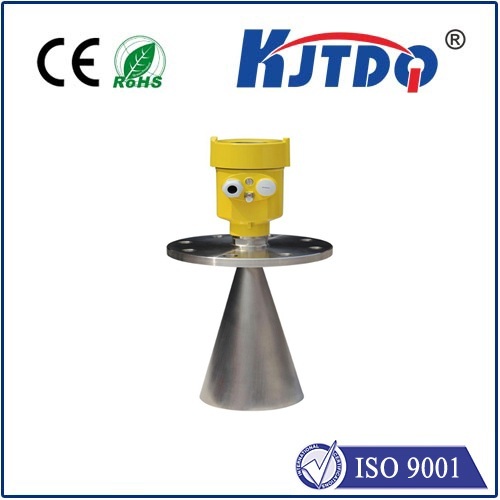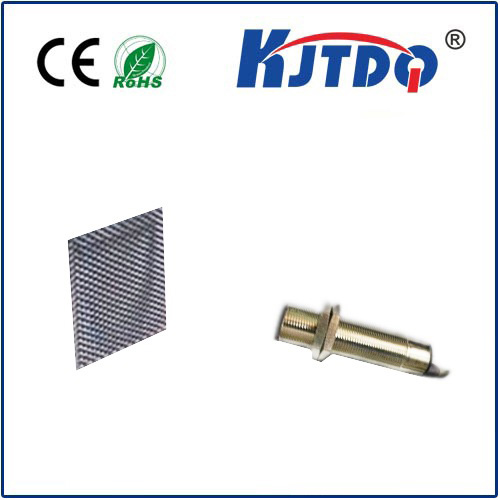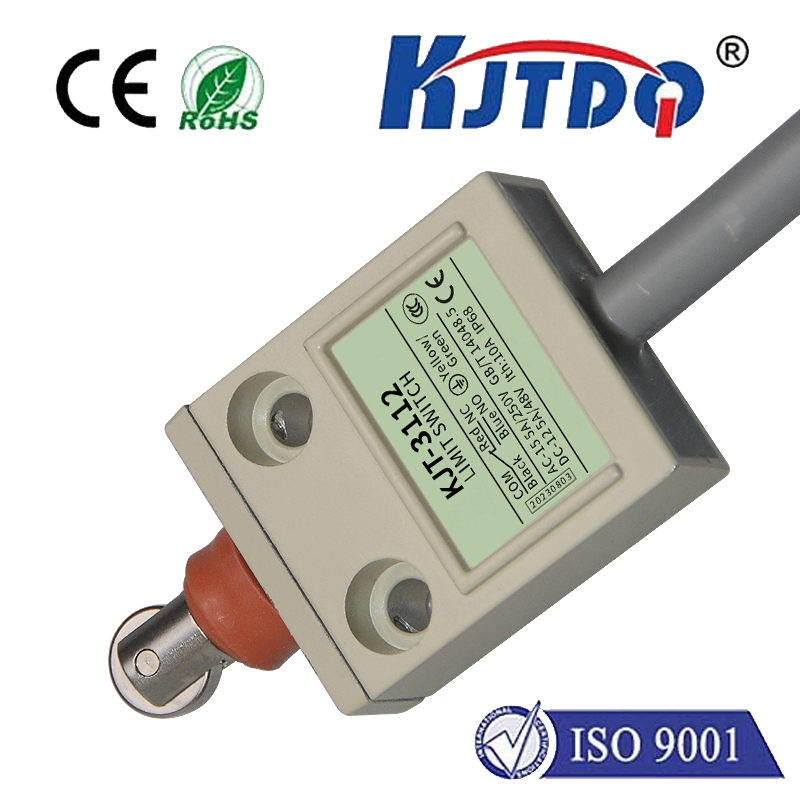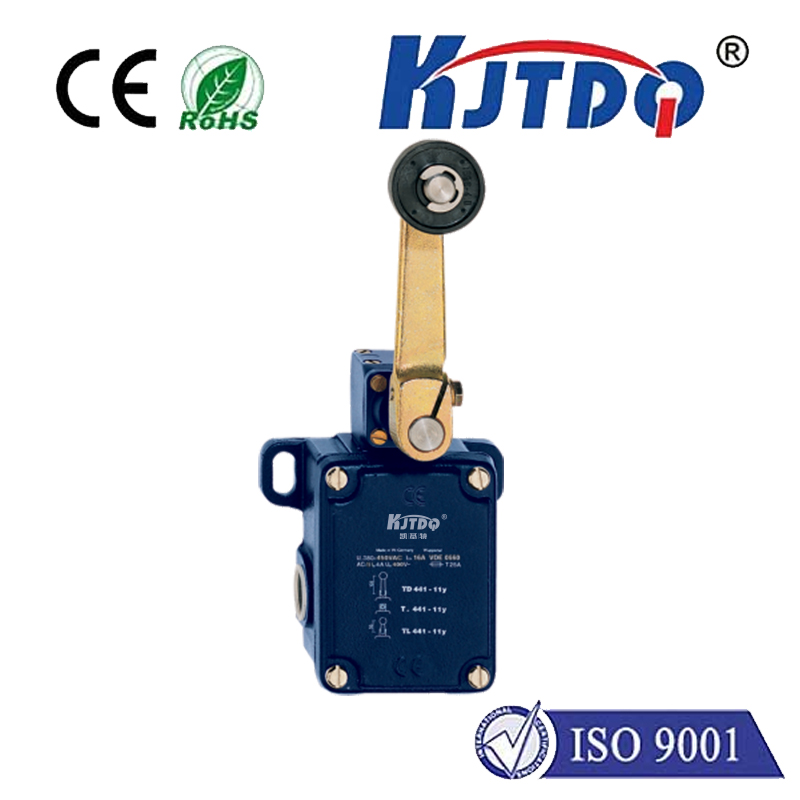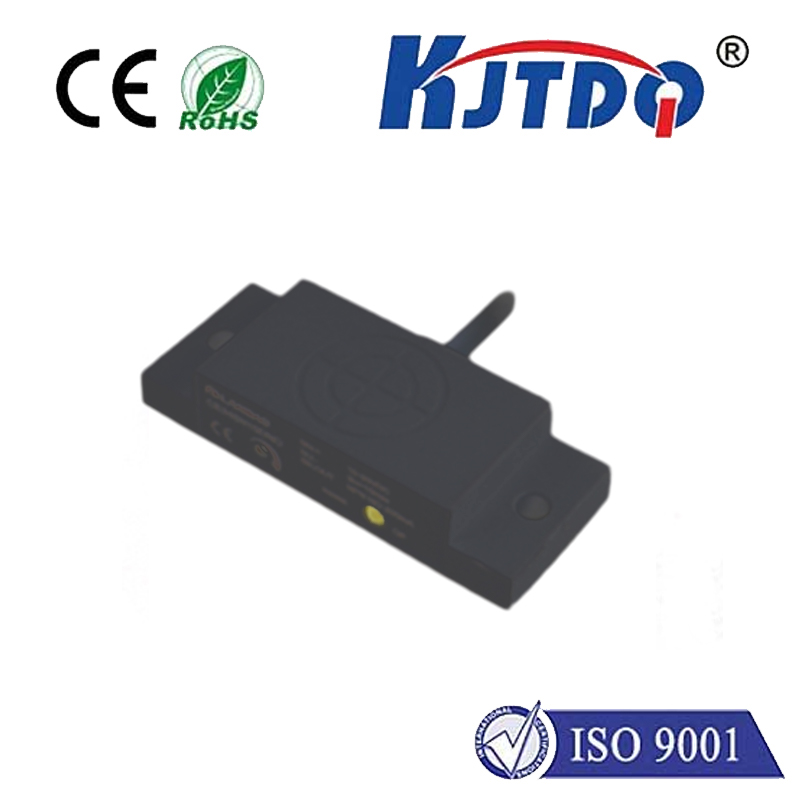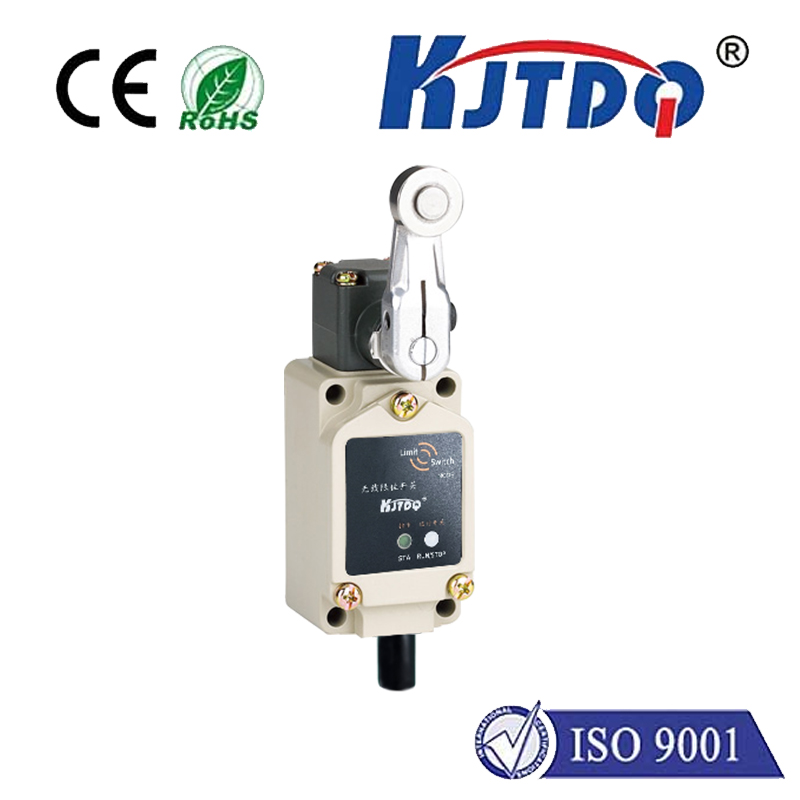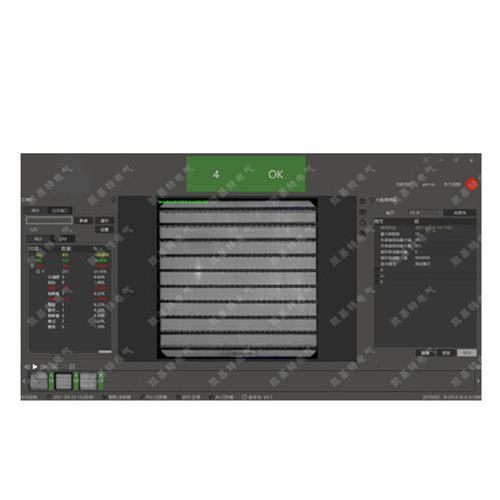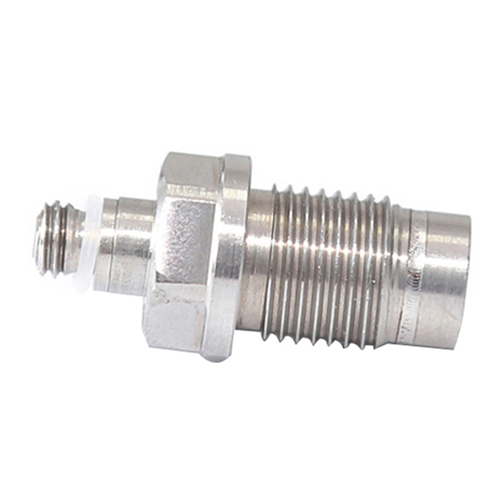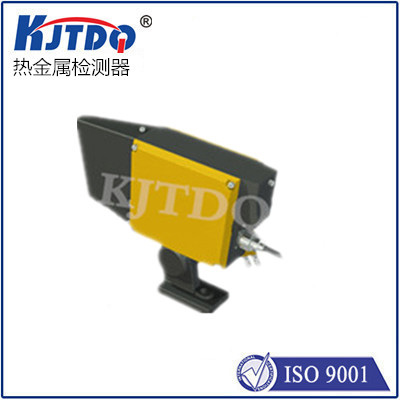proximity sensor m30
- time:2025-06-23 17:11:01
- Нажмите:0
The Mighty M30: Your Essential Guide to Industrial-Grade Proximity Sensing
In the pulsing heart of industrial automation, where precision and reliability are non-negotiable, countless tasks hinge on a simple question: “Is the object here, or not?” Missing a detection event can mean costly downtime, product defects, or even safety hazards. This is where the unassuming hero, the M30 proximity sensor, steps into the spotlight. But why is this specific size so ubiquitous, and what makes it the backbone of countless machines worldwide? Let’s delve into the world of M30 sensors and uncover the reasons behind their enduring dominance.
Decoding the “M30”: It’s All About the Size and Strength
The “M30” in proximity sensor M30 refers explicitly to the standardized cylindrical housing diameter: 30 millimeters. This isn’t just a random number; it signifies a sensor built for robust industrial environments. The larger size compared to smaller counterparts (like M12 or M8) inherently provides:
- Enhanced Physical Durability: The thicker housing offers superior resistance to impacts, vibrations, and mechanical stress common on factory floors or within heavy machinery.
- Higher Power Handling & Sensing Ranges: Often, M30 housings accommodate larger sensing coils (for inductive types) or more complex electronics, enabling longer sensing distances and the ability to handle higher operating currents or voltages.
- Superior Environmental Sealing: Achieving high Ingress Protection (IP) ratings like МП67 (dust-tight and protected against temporary immersion) or IP69K (protected against high-pressure, high-temperature jet washing) is more feasible with the larger form factor, providing reliable operation in harsh, dirty, or wet conditions.
- Robust Connection Options: The M30 threaded barrel allows for secure mounting using a standard locknut, ensuring the sensor stays firmly in place even under significant strain or vibration. Connection is typically via a rugged M12 connector or fixed cable termination.
How Does an M30 Proximity Sensor Work?

Regardless of the specific type (discussed next), non-contact detection is the core principle. M30 proximity sensors detect the presence or absence of an object without physical touch, eliminating wear and tear on both the sensor and the target. The most common technologies encapsulated within the M30 housing are:
- Inductive Proximity Sensors (M30 Inductive Proximity Sensor): These dominate metal detection applications. They generate an oscillating electromagnetic field. When a metallic target enters this field, it induces eddy currents within the metal, causing a detectable change in the sensor’s oscillation. This change triggers the sensor’s output switch (PNP or NPN). They are immune to dust, oil, and non-metallic debris, making them ideal for gritty industrial settings. Typical sensing ranges for M30 inductive sensors range from 5mm to 20mm or more.
- Capacitive Proximity Sensors (M30 Capacitive Proximity Sensor): These detect both metallic and non-metallic objects (plastic, wood, glass, liquids, powders). They work by sensing changes in the capacitance between the sensor’s face and the target object. The presence of any material with a different dielectric constant than air alters this capacitance, triggering the output. They are perfect for detecting fill levels in tanks (liquids, granules), presence of non-metallic parts, or seeing through thin non-metallic walls.
Why Choose an M30 Proximity Switch? Key Advantages
Beyond the inherent robustness of the size, M30 proximity sensors offer compelling advantages:
- Reliability & Long Life: Non-contact operation means no moving parts to wear out. Combined with rugged construction, they offer exceptional long-term reliability and minimal maintenance needs.
- Fast Response Times: These sensors react incredibly quickly, detecting objects and switching outputs in microseconds. This high speed is crucial for high-throughput production lines and precise position control.
- Resistance to Harsh Environments: Engineered to withstand extreme temperatures (both high and low), exposure to cutting fluids, coolants, oils, and washdown chemicals, and significant shock and vibration, M30 sensors thrive where smaller or less robust sensors would fail. Meeting standards like EN 60947-5-2 ensures performance under demanding electrical conditions.
- Versatility in Detection: The availability of both inductive and capacitive types within the M30 form factor provides solutions for a vast array of object detection challenges – from metal gears on an assembly line to plastic bottles on a conveyor or liquid levels in a tank.
- Easy Installation & Integration: The standardized M30 thread and common electrical interfaces (DC 3-wire PNP/NPN, AC/DC 2-wire) make them incredibly easy to specify, replace, and integrate into control systems like PLCs (Programmable Logic Controllers).
Where Do You Find M30 Sensing Solutions? Ubiquitous Applications
The strength and versatility of M30 proximity sensors make them indispensable across countless industries:
- Manufacturing & Assembly Lines: Detecting part presence/absence on conveyors, confirming correct positioning of workpieces in fixtures, counting products, verifying robot end-of-arm tooling status, monitoring cylinder piston position.
- Material Handling & Packaging: Verifying case or pallet presence, detecting jam conditions, confirming flap closure on boxes, sensing fill levels in hoppers or tanks containing liquids or powders.
- Автомобильная промышленность: Precisely locating metal components during robotic welding or assembly, detecting engine block position on machining lines, confirming wheel placement, monitoring fluid levels in reservoirs.
- Food & Beverage Processing: Capacitive M30 sensors excel here, detecting fill levels in containers (regardless of material), verifying cap presence, counting bottles/cans on high-speed lines (often requiring high IP ratings for washdown).
- Machinery & Heavy Equipment: Monitoring hydraulic cylinder position, detecting bucket/attachment position on construction equipment, providing end-of-travel limits on actuators, confirming door or guard closure for safety interlocks.
- Conveyor Systems: Detecting object presence for sorting, triggering diverters, preventing pile-ups by sensing blockages, and verifying belt speed via target detection.
Selecting the Right M30 Proximity Sensor: Key Considerations
Choosing the optimal sensor requires attention to detail:
- Target Material: Metal? Choose inductive. Plastic, liquid, wood, etc.? Choose capacitive.
- Required Sensing Range (Sn): Ensure it comfortably exceeds the maximum distance the target will be from the sensor face during operation. M30 inductive sensors generally offer longer ranges than capacitive ones of the same size.
- Mounting Constraints: Consider available space and how the sensor will be threaded into place. Factor in the required approach direction (axial or side-sensing variants exist).
- Environmental Conditions: Assess exposure to temperature extremes, chemicals, water/jet washing (critical IP rating), and physical shock/vibration. Choose a sensor rated for beyond your expected worst case.
- Electrical Requirements: Match the operating voltage (e.g., 10-30V DC, 20-250V AC) and output type (PNP vs. NPN, Normally Open/Closed) to your control system’s input module.
- Output Configuration:

